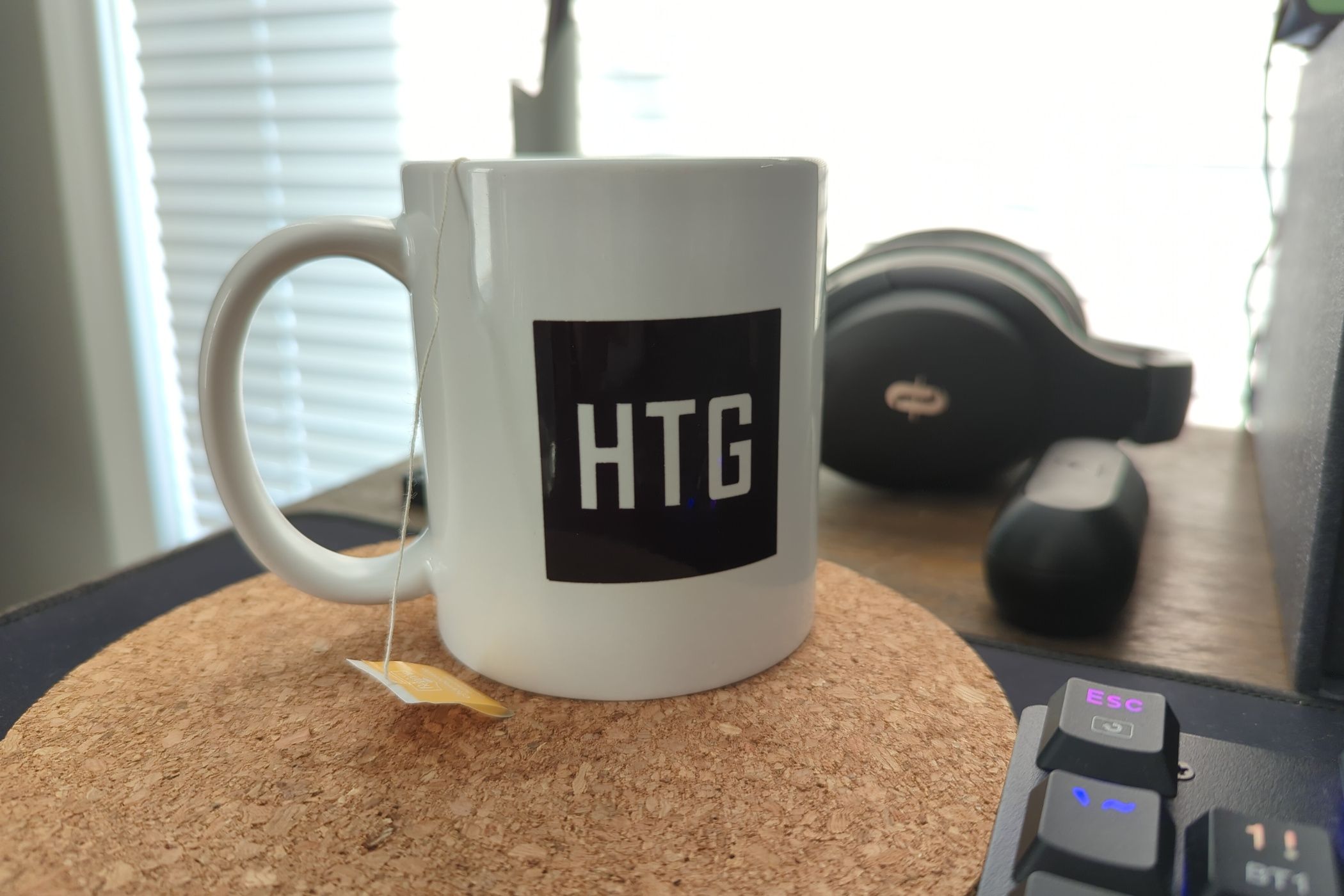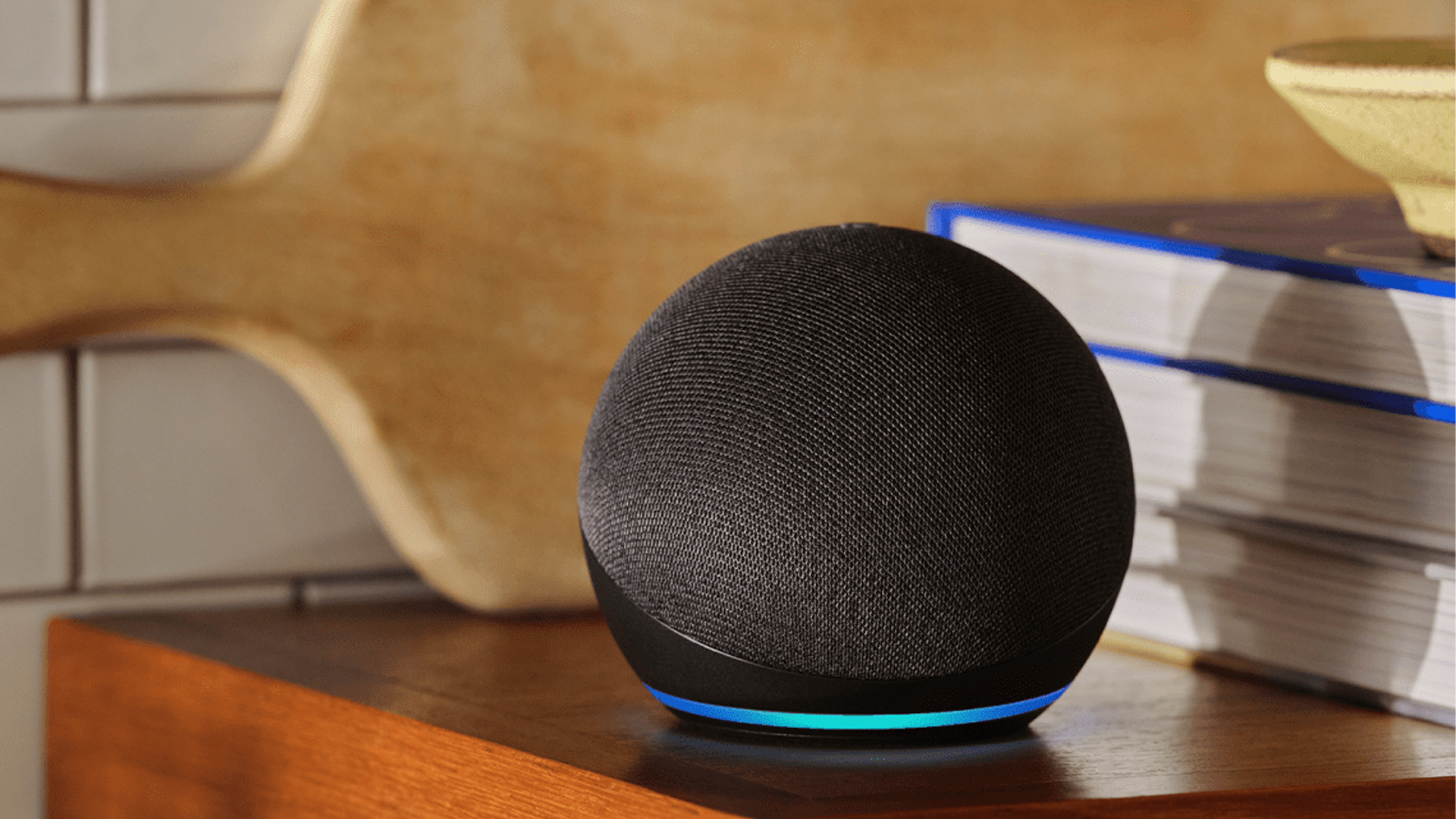Summary
- ChatGPT is an effective household item tracker with natural language processing for easy searching.
- ChatGPT can store memories with specific details for easy retrieval without exact names.
- The limitations of ChatGPT include memory space caps and the requirement for manual input.
I waste so much of my life searching for household items that I’ve put away in “safe places” that I can no longer remember. Item tracking systems I’ve used in the past have been a disappointment, but I may have finally found what I was looking for in ChatGPT.
Why I’ve Always Wanted a Household Item Tracker
My memory is terrible. I’ve lost count of the number of times I’ve made a cup of coffee, only to find the full mug of stone-cold coffee next to me a while later, because I’ve got caught up doing something else and completely forgotten that the coffee was there. Every time I think I should invest in a smart mug, only to completely forget the idea until the next time my coffee goes cold.
The same thing is true of my belongings. I think of a clever place to put an item that I rarely use, but then instantly forget where that place is. The next time I need it, I spend hours hunting through all the possible clever places I could have stored it. I can make a note of where I’ve put things, but then I have to remember where I’ve noted them down, which leads to the same problem all over again.
As a self-confessed geek, I’ve been convinced that there must be a tech solution to this problem. If I can’t remember where all my stuff is, then surely there is some tech that can?
Item Trackers That Were Ultimately No Use
I have tried some technological solutions in the past, but these ultimately didn’t give me what I needed. I got excited when I first learned about the Alexa “Remember This” feature that would allow me to tell Alexa to remember where things were for me. However, my excitement was cut short when I discovered that this feature didn’t even exist in my locale.
I did a little research into the feature, however, in case it was something that did eventually get released worldwide. It soon became clear that the feature was too limited to give me what I wanted; requests such as “Where are my pills?” would usually fail.
You need to use phrases such as “What can you tell me about my pills?” and if I can’t remember where my pills are, I’m not going to remember the correct format for asking Alexa where they are either.
Another major issue with the Alexa “Remember This” feature is that if you don’t use the same name of the item each time, it can fall down. If you tell Alexa to remember where something is, and then use a different name for that object when asking where it is, Alexa may not understand what you’re talking about. This may improve when Alexa gets its long-overdue AI upgrade, but for now, it’s a serious problem.
The same was true for the other method I tried. I use Home Assistant to automate my smart home devices and thought there might be a way to keep track of where everything is in my home by saving the information to a database that I could query. The trouble was that if I tried to search the database using “medications” instead of “pills” nothing would be found, so it required me to remember exactly what I had called each item, which just gave me more things to forget.
Using ChatGPT as a Household Item Tracker
Finally, however, I have found a solution that works: ChatGPT. Not only can ChatGPT store memories that you can query at any time, but it also has natural language processing. That means if I’ve told it where my pills are, and I ask it for the location of my medications, it can figure out that I’m talking about the same thing.
All you need to do is ask ChatGPT to remember something, and it will be added to the permanent memory. For example, I can say “Remember that the Christmas tree stand is in the tool shed,” and ChatGPT will add that information to its memory. If I then ask “Where is the base for the Christmas tree?” ChatGPT will tell me that it’s in the tool shed, even though I didn’t call it the “stand” which was the term used when creating the memory.
I can add further memories to save information about the location of other items, and these memories are always accessible from any chat within ChatGPT. If at any point I move the Christmas tree stand to another location, I can ask ChatGPT to update the memory with the new location, and the original memory will be overwritten with the new location.
The beauty of using ChatGPT is that AI chatbots are very good at understanding the context of what you’re saying. You don’t need to remember the exact phrase to use when asking where something is, and you don’t need to remember the exact name of the item, either. I tried asking “Do you know where the tree holder is?” and “What did I do with the festive base?” and in both cases, ChatGPT told me where the Christmas tree stand was.
Even if you can’t remember what the item is called, you can ask something like “Where’s the thing you put the tree in?” and ChatGPT will still understand what you mean. It’s ideal for those of us who struggle to remember the simplest things.
Limitations of ChatGPT as an Item Tracker
While ChatGPT is by far the best way that I’ve found to remember where household items have been put away, it’s not perfect. Probably the biggest limitation is that ChatGPT’s memory isn’t huge and will eventually become full. Once this happens, you can’t store any new memories without deleting others.
For a free account, the limit is currently 2000 tokens (about 1500 words) with Plus users getting 8000 tokens (about 6000 words) of memory space. It means that you can remember a reasonable number of objects as a Plus user, but you’re not going to be able to store memories about every single object you own.
The other obvious limitation is that ChatGPT can’t remember where items are without your input. In other words, you actually have to remember to tell ChatGPT where you’re putting things. If you put the Christmas tree stand in the tool shed, but forget to tell ChatGPT what you’ve done, then you’re back to having to try to remember for yourself again.
How to Delete Memories in ChatGPT
If you find that you can’t add any more memories to ChatGPT because the memory is full, you can delete some memories that you no longer need. It’s fairly easy to delete individual memories so that you don’t have to wipe the whole thing and start from scratch.
Open the ChatGPT app and tap your account name at the bottom of the menu pane. Select “Personalization” and tap “Manage Memory.” To delete a memory, swipe left and tap the trash icon. Repeat for any other memories you want to delete.
I’ve been looking for a way to quickly and easily track the locations of items in my home, and until now, I’ve not found a solution that worked well enough. However, ChatGPT seems like it’s the household item tracker I’ve always wanted. Time will tell whether there’s enough memory for my needs, but so far, it’s exactly what I was looking for.





